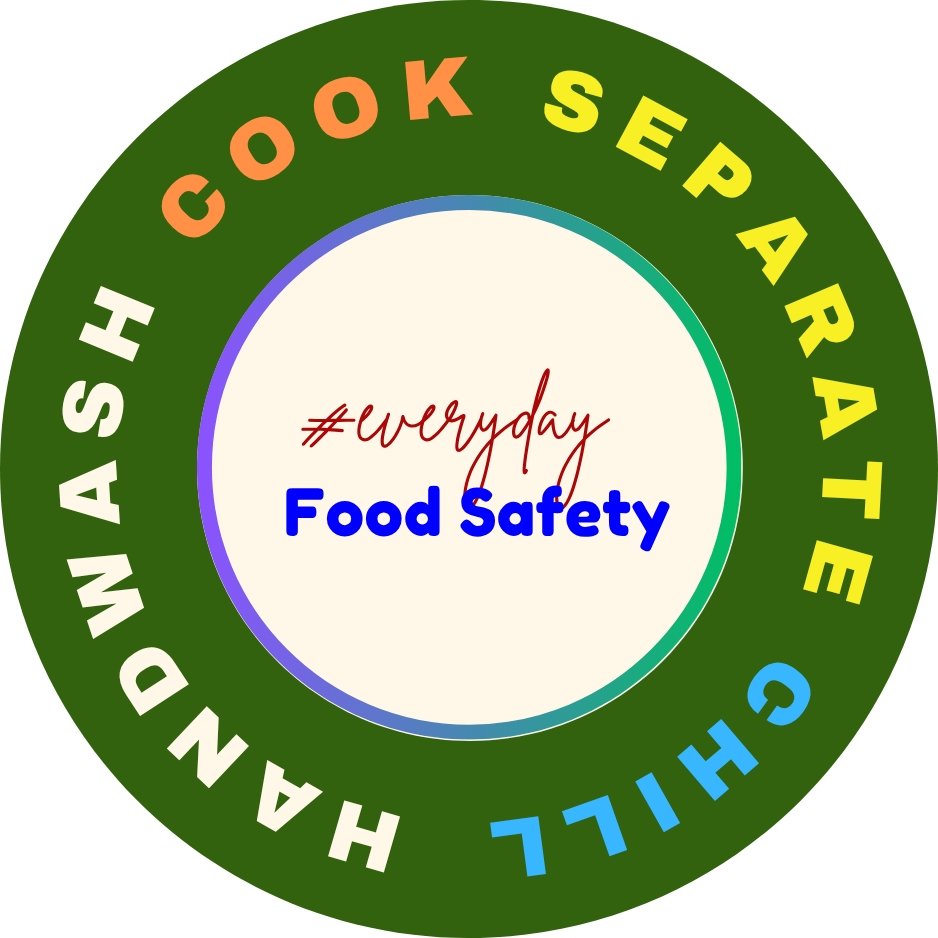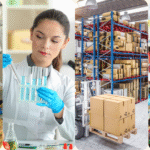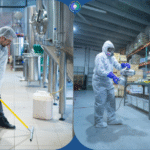Everyday Food Safety
Trust in Every Bite: Your Guide to Spotless Food Safety
Food safety means ensuring the food you serve won’t cause harm when prepared and eaten properly. One key concept is understanding food safety hazards—these are any substances in food that have the potential to cause harm, such as biological, chemical, or physical hazards. Running an effective food safety program, which focuses on identifying and managing food safety hazards, helps you gain satisfied customers, build a solid reputation, boost your sales, and stay compliant with the law. Failing to do so can lead to risks like food poisoning from these hazards, unhappy customers, closures, and hefty penalties.
What are the food safety hazards?
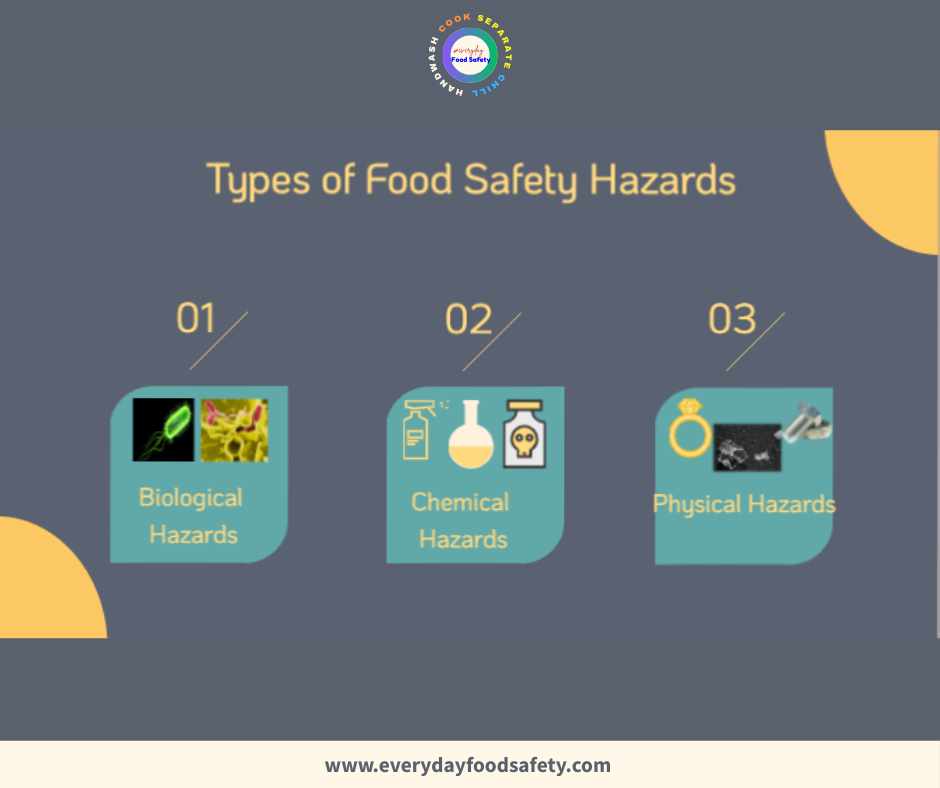
- Biological Hazards: Think bacteria, viruses, molds, and parasites. These lurk in raw eggs, dairy, meat, dirty surfaces, and even on us! Watch out for bad guys like Salmonella, E. coli, mold, and Clostridium botulinum (in canned food). Furthermore, stay sharp about hygiene, especially with unwashed produce or when handling animals and pests.
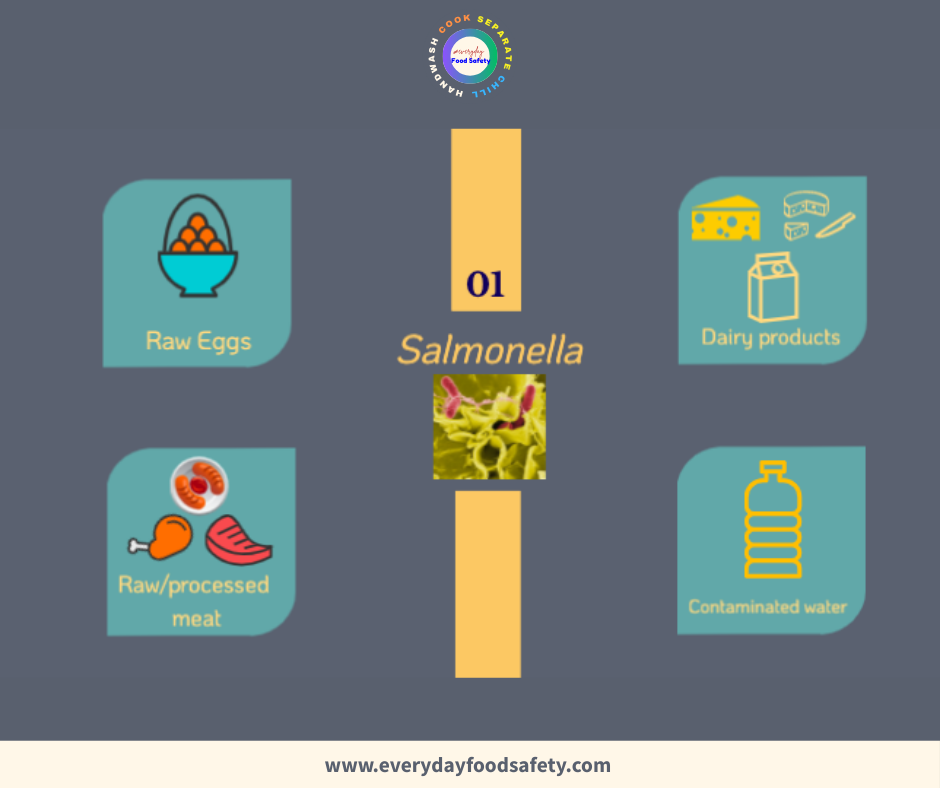
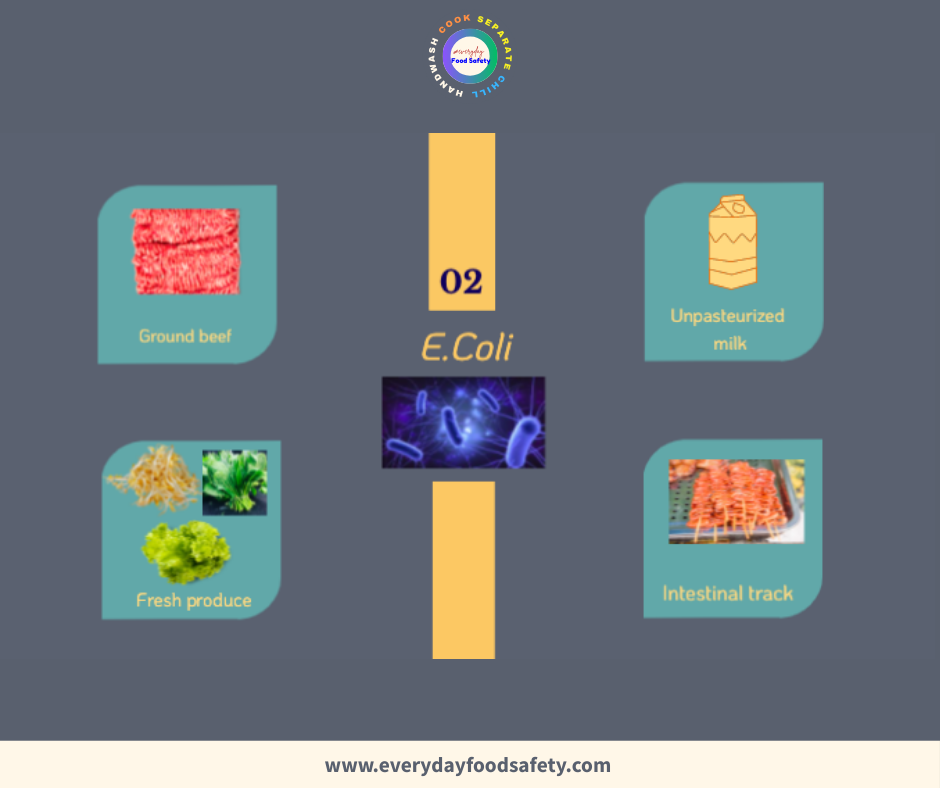
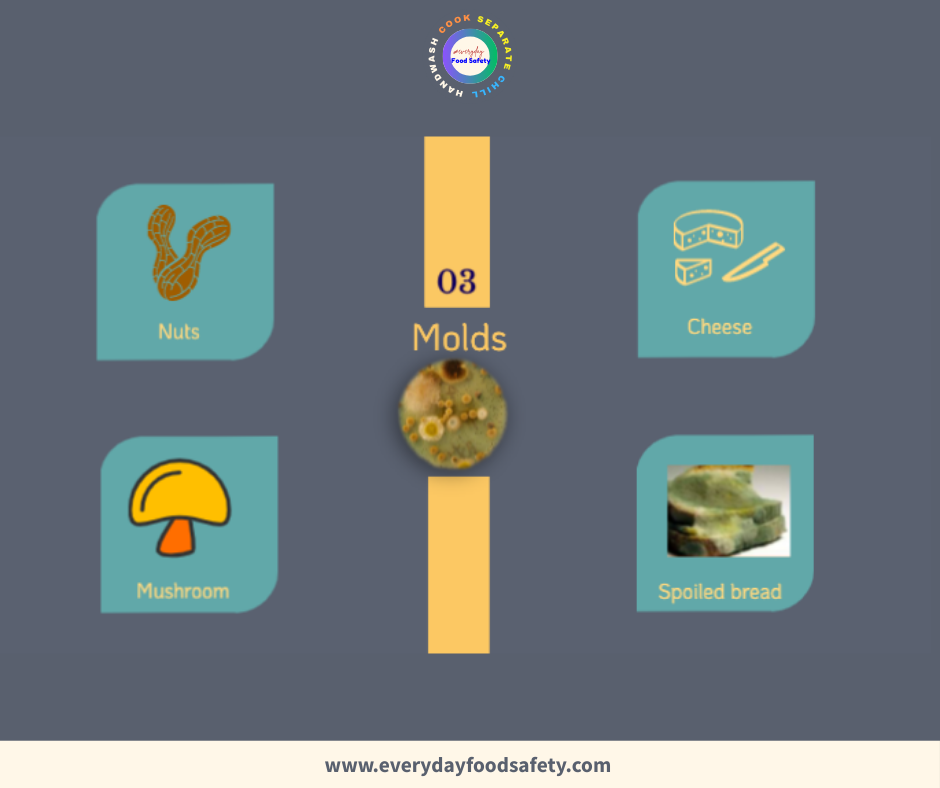
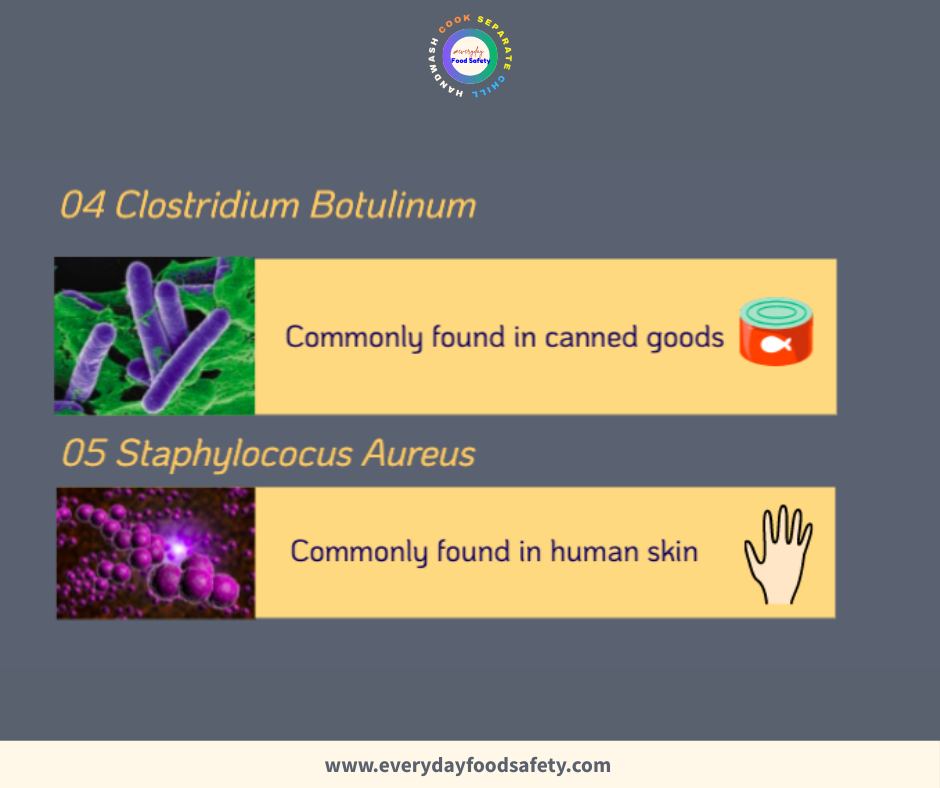
Staphylococcus aureus – commonly found on human skin.
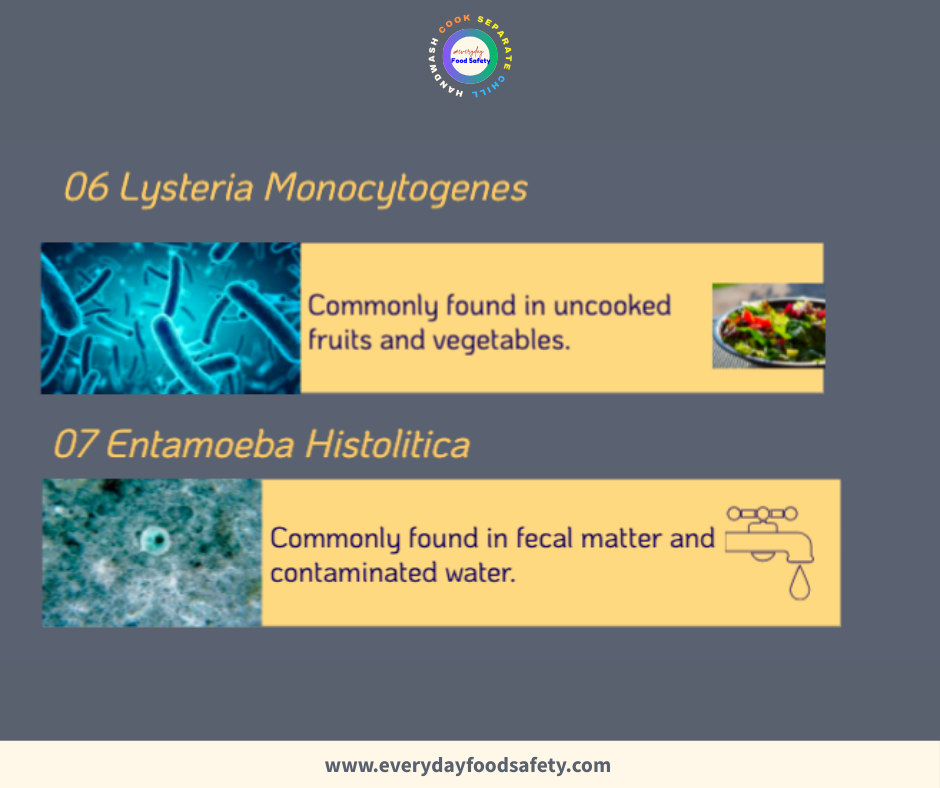
Entamoeba histolytica – commonly found in fecal matter and contaminated water.
- Chemical Hazards: Harmful substances sneak into food in several ways. Some are natural (like allergens), some are additives (regulated, but dangerous in excess), and others are accidental—the wrong chemical ending up in your food. Always respect FDA guidelines and keep chemicals stored far from food.
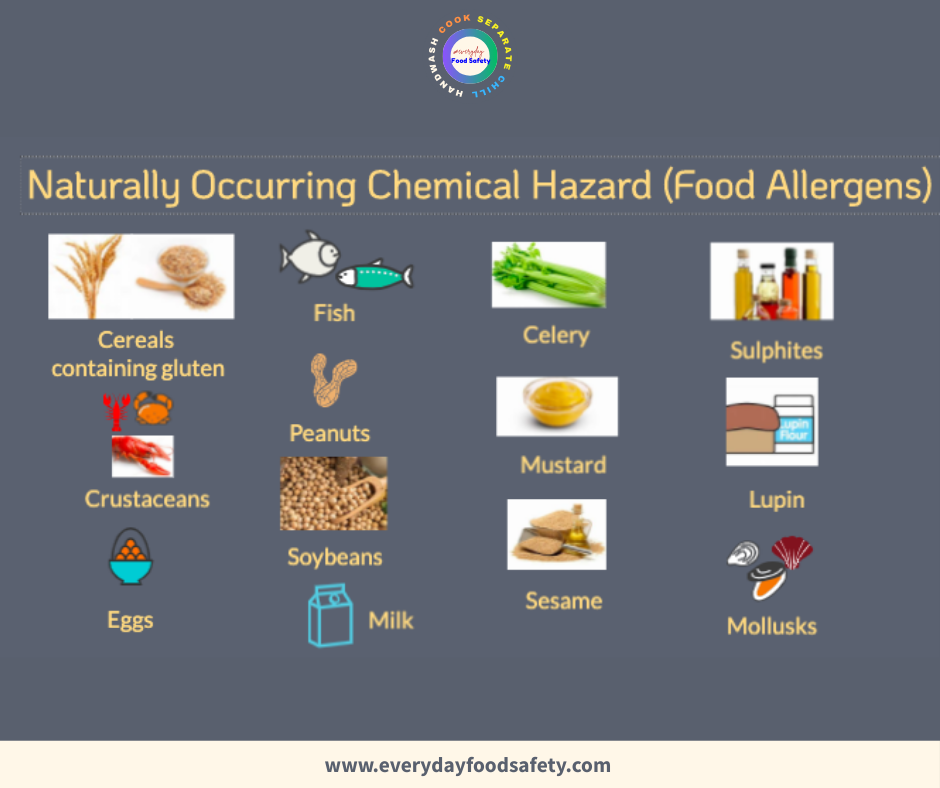
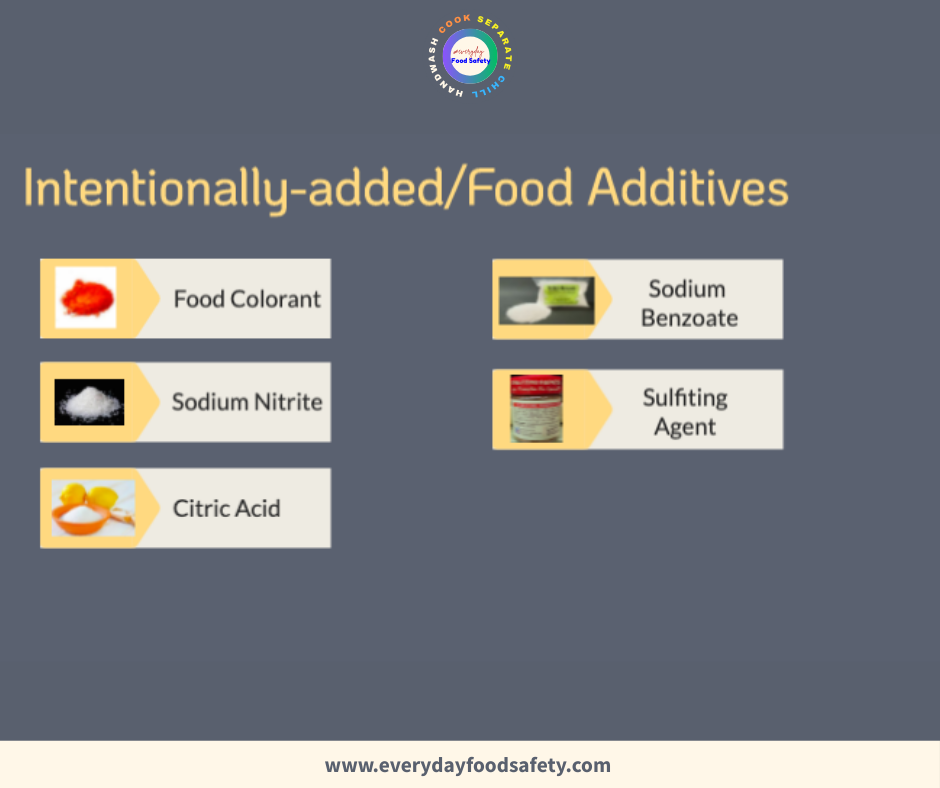
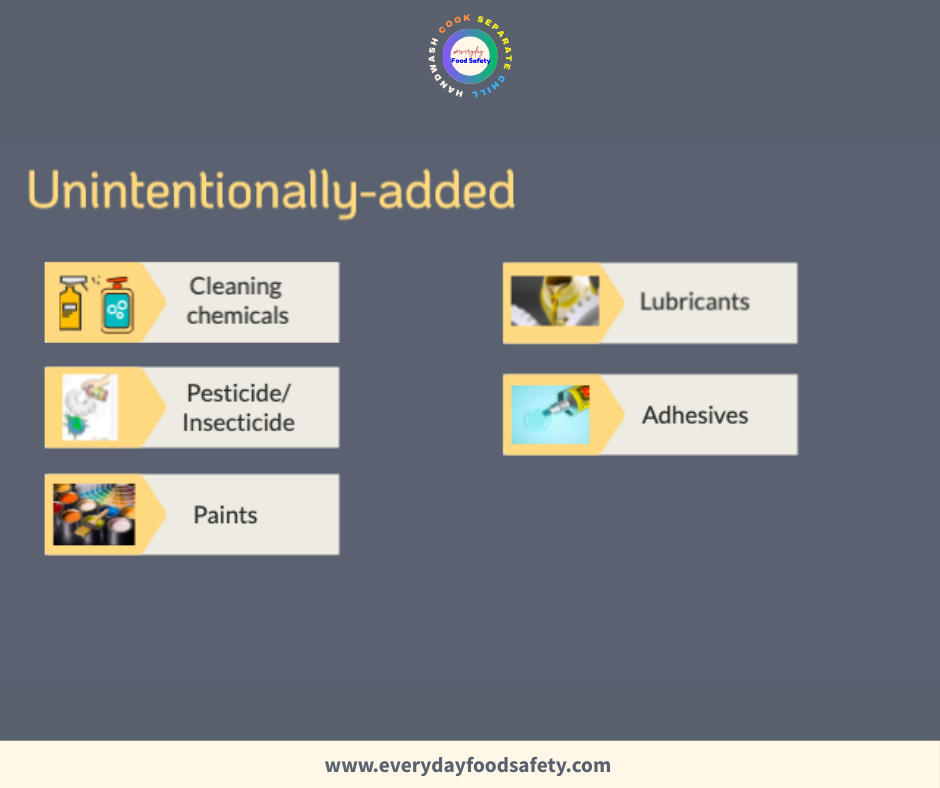
- Physical Hazards: Have you ever bitten into something hard or sharp in your meal? Physical hazards, such as glass shards, metal pieces, or loose buttons, are not only unsafe but also unpleasant. Therefore, it is essential to address these dangers promptly to ensure a safe environment.
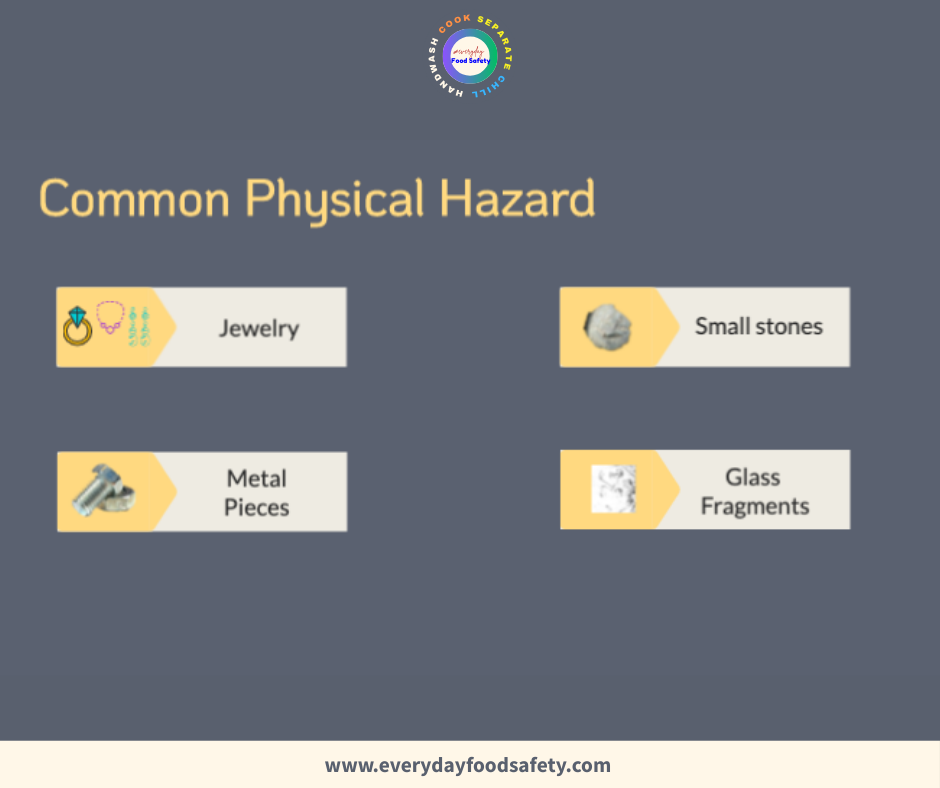
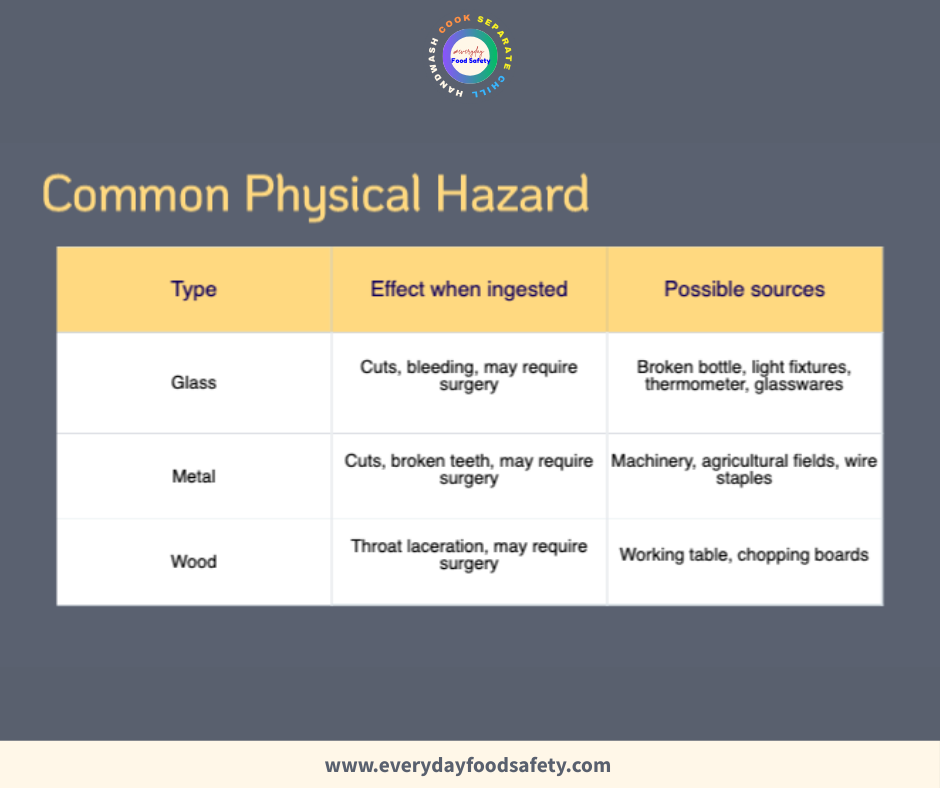
Now that we have discussed the various food safety hazards and their familiar sources, let’s move on to effective strategies that prevent these risks and ensure the food we prepare and serve is safe and suitable for consumption.
How to Prevent Food Safety Hazards
Control Time and Temperature
Avoid letting high-risk foods stay between 4°C and 60°C (the danger zone) for more than 4 hours. High-risk foods include dairy, seafood, and cooked meats.
Remember, cold food should stay cold, and hot food should stay hot!
Personnel Hygiene
Keep your hands clean, work safely! Wash your hands frequently—before and after meals, after bathroom breaks, and after handling trash. Wear proper work clothes, keep your hair covered, and use single-use gloves and masks only once. Remember also to take care of grooming.
Examples of Personnel Hygiene:
- Handwashing: Hands are the primary source of contamination. Subsequently, wash your hands before and after eating, preparing food, using the restroom, handling trash or waste, and as needed.
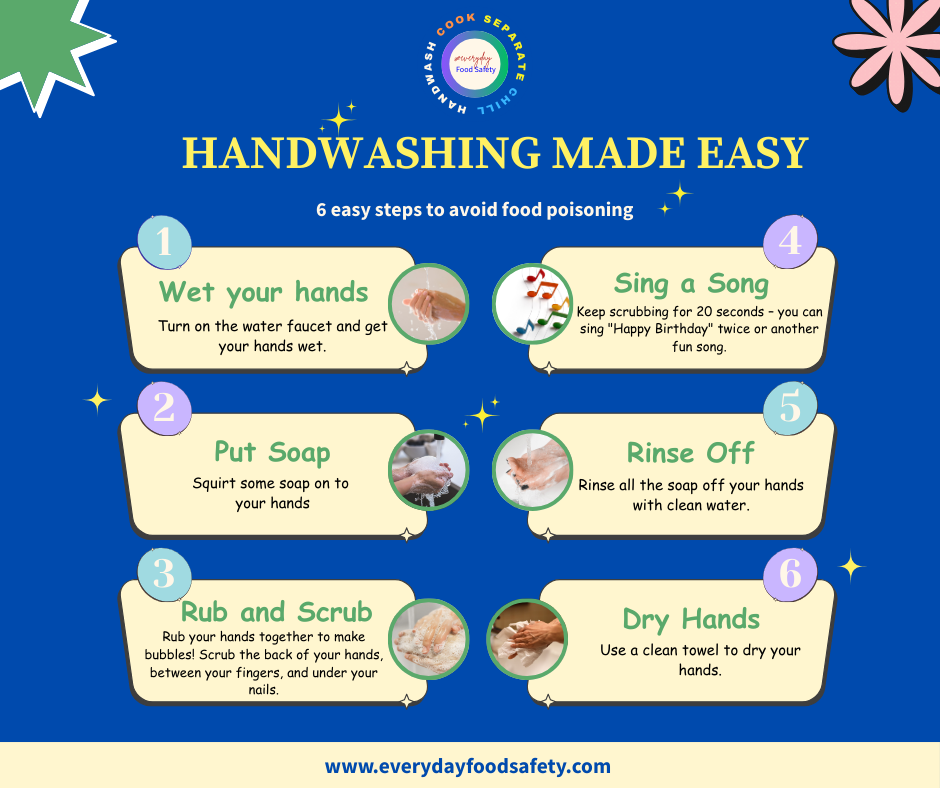
- Workwear and protective gear: Workwear like lab gowns and aprons should have no buttons because small buttons can be a safety hazard. It must offer enough coverage to stop sweat from contaminating the product.
- Gloves serve as an extra barrier of protection between your hands and the food. Disposable gloves and face masks are for one-time use only and should be disposed of properly!
- Shoes for processing areas must be fully enclosed and made from non-absorbent materials.
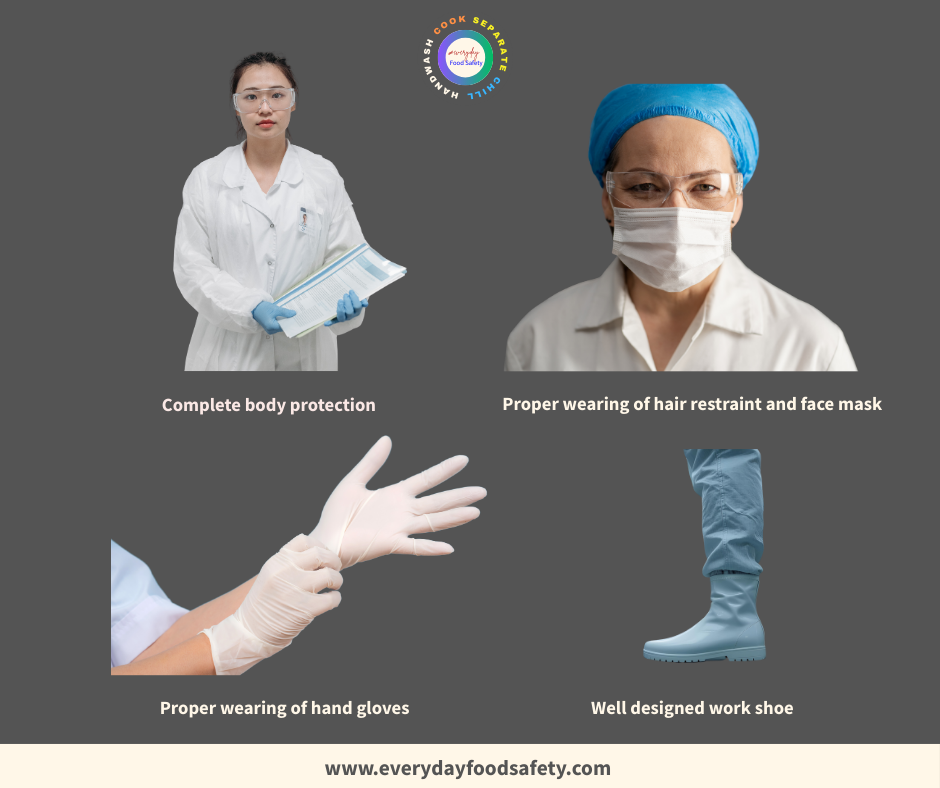
- Personnel Health: All regular and under-contract employees must get health clearance from the municipal health office once every 12 months. Personnel with illnesses or open wounds must be restricted from handling food until their condition improves. A medical certificate stating “Fit to Work” must be provided before an employee resumes work.
- Personnel cleanliness: All male employees must have appropriate haircuts, beards shaved, and mustaches neatly maintained. Both men and women are required to keep their nails trimmed and free of nail polish.
Good Manufacturing Practices (GMP)
These are the cornerstones of any effective food safety program. Additionally, if you like to learn more about GMP, read our comprehensive guide: “Good Manufacturing Practices (GMP) for Food Business: The Ultimate Guide to Compliance.”
Roles and Responsibilities
- Food business operator or owner
- Ensures all premises are designed and constructed to prevent cross-contamination.
- Ensures staff receive proper Food Safety training.
- Ensures all Food Safety programs for eliminating and controlling food hazards are effective.
- Employees
- Follows Food Safety Rules and Guidelines
- Reports any faults or issues that could cause food safety risks.
- Employee
- Government (Local Government Units and FDA)
- Inspects food production facilities.
- Investigates outbreaks of food poisoning and foodborne illnesses.
- It enforces rules and applies penalties to food business operators who break the Food Safety Law.
Conclusion
Effective food safety practices are essential for protecting consumers, fostering trust, maintaining competitiveness, and ensuring compliance with regulatory requirements. By understanding hazards, maintaining high standards of hygiene and sanitation, and committing to ongoing education, everyone involved in food handling can help ensure that every bite is safe and enjoyable. A comprehensive approach to food safety isn’t just good business — it’s a shared responsibility for a healthier community.
Quick Reference
Note: Feel free to download our visuals, but please don’t forget to follow our sharing guideline policy.
